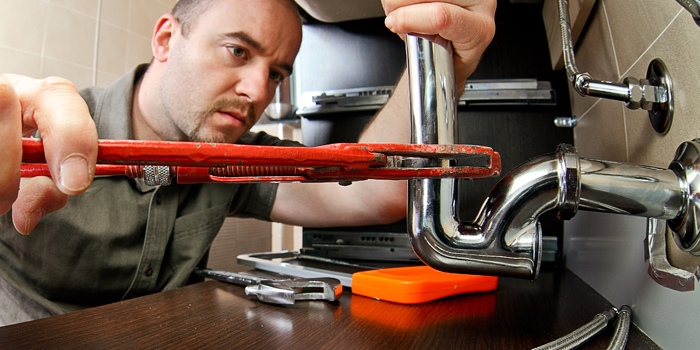Noisy plumbing is a good indication of a problem. First, we should determine why the plumbing system gets noisy. As an example, the noise could come from the inlet side-in of the system. Noise could also audible when the drain side is turned on. If noises are detected on the inlet side, it could be caused by the presence of too many tight bends, pipe fasteners that are incorrectly fastened, connected pumps that are improperly connected, worn faucet parts, worn valve and excessive water pressure. Hissing noise could be audible when we slightly open a faucet and it’s a sign of very high water pressure.
If it appears that we have excessively high water pressure, it is a good idea to contact the local water company. It is unlikely that the water pressure in our area will be reduced, but we should be able to ask for pressure reducing valve to be installed on the main water pipe. The plumbing system could also have thudding noises and it can be accompanied by shuddering pipes. The noise could be audible when we urn off the appliance valve or faucet. This problem is also known as water hammer, the vibration and noise could be cause the reverberations of water pressure.

We should be able to solve water hammer problem by installing shock absorbers or air chambers in specific areas inside the plumbing system, especially near the affected faucets and valve. These components should dissipate any shock wave generated by the halted water flow. In older plumbing system, there could be short vertical sections at the capped pipe. They could be filled with water, reducing their effectiveness significantly. We should be able to solve this problem by draining the water system, by opening all faucets and shutting off the main valve of the incoming water supply.
Another noise is screeching or chattering. The noise could be audible when we turn on the faucet or valve. If we open the fitting fully, it is likely that the noise would disappear. This could be an indication that we have defective or loose internal parts. A good way to solve this problem is by replacing the faucet and valve with a new one. Dishwashers, washing machines and other appliance could transfer the noise of motor through the plumbing system. This could happen if these appliances are connected inappropriately. We could isolate the noise by putting rubber hoses between appliances and the plumbing system.
Other noises that affect the plumbing system may include tapping, scratching, squeaking and creaking. This could happen when the pipes contracts and expands. The problem occurs when metal pipes alternately carry cold and hot water. Pipes would slide against house framing and fasteners. When the noise is detected, we should pinpoint the location. The solution would be to tighten the fasteners or move the pipes from the house framing. Pipe fasteners should be attached to large structural objects such as house foundation. This will significantly reduce the vibrations of the pipes.

